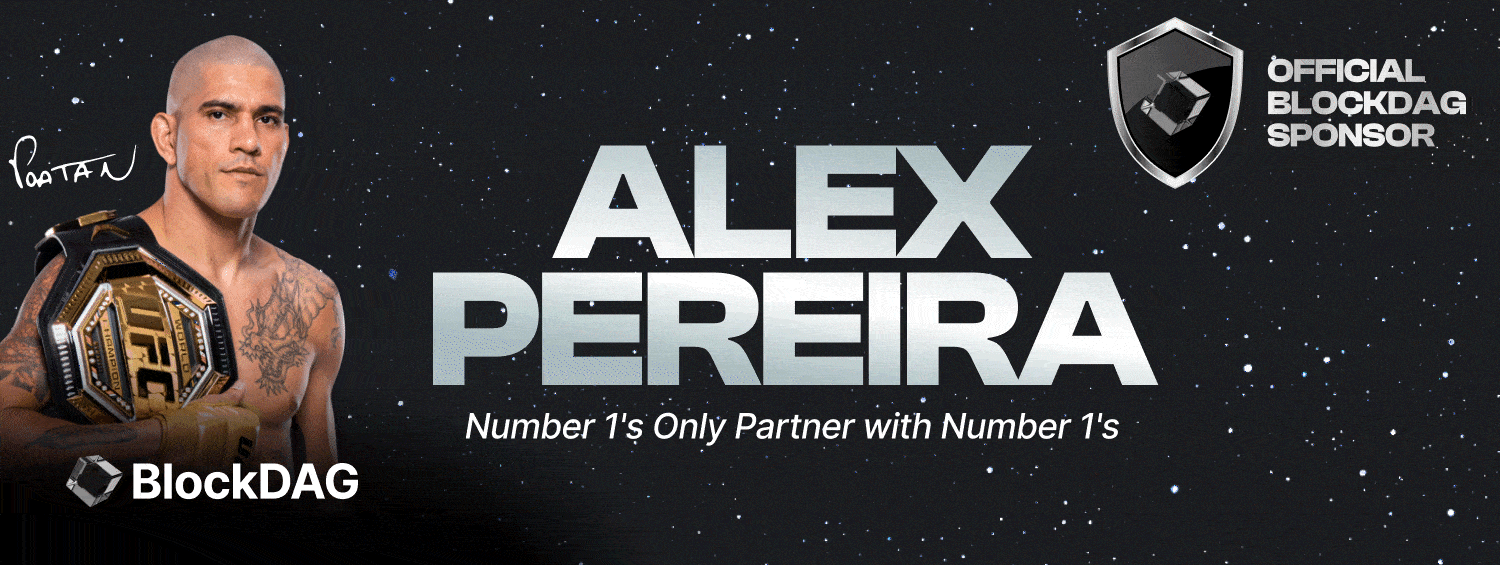Key Takeaways
- Despite the growing adoption, Bitcoin remains relatively unfamiliar worldwide. Although many have probably heard about cryptocurrencies and blockchain technology, there are still numerous myths and misconceptions.
- This article aims to debunk some of the most common myths associated with Bitcoin. We will highlight the transparency of Bitcoin transactions, discuss the use of blockchain analytics by law enforcement, address concerns about Bitcoin’s environmental impact, and much more.
Introduction
Since its creation in 2009, Bitcoin has continued to grow and captured the attention of people around the globe. However, with its rise to prominence, several myths and misconceptions have emerged. In this article, we’ll debunk the top 15 myths surrounding Bitcoin, shedding light on the reality behind each one.
Myth 1: Bitcoin Is Anonymous and Perfect for Criminals
Contrary to popular belief, Bitcoin transactions are pseudonymous but not entirely anonymous. Most Bitcoin wallet addresses don’t have a name attached to them, but all transactions are recorded on the blockchain, which works as a transparent, public ledger. This transparency makes it challenging for criminals to operate without leaving a trace. Law enforcement agencies actively use blockchain analytics to track illicit activities, resulting in numerous successful prosecutions.
Myth 2: Bitcoin Is a Ponzi Scheme
Bitcoin is often labeled as a Ponzi scheme, but this assertion is misleading. A Ponzi scheme involves using funds from new investors to pay existing ones, with the operator pocketing the bulk of the collected funds. Bitcoin, on the other hand, is a decentralized digital currency with genuine utility. While occasional fraudulent projects exist in every financial sector, applying the Ponzi label to the entire cryptocurrency industry is a mistake that oversimplifies a complex reality.
Myth 3: Bitcoin Is Bad for the Environment
The misconception that Bitcoin is inherently bad for the environment stems from its energy-intensive mining process. However, the comparison of Bitcoin’s energy consumption to traditional financial systems or household appliances is often distorted. Blockchain networks consume less energy than most traditional financial systems, and the use of renewable energy sources for mining is on the rise.
In a research report by Galaxy Digital in 2021, it was revealed that the energy consumption of the data centers of the leading 100 global banks exceeds more than double that of the Bitcoin network. Moreover, estimations from the World Bank and the International Energy Agency indicate that the annual electricity loss in transmission and distribution is 19.4 times higher than the energy utilized by the Bitcoin blockchain over the same period.
Myth 4: Bitcoin Is Only for Tech-Savvy Individuals
Bitcoin is often perceived as a complex technology accessible only to tech enthusiasts. In reality, the user interface of most Bitcoin wallets and exchanges improved significantly throughout the years. There is an increasing number of user-friendly products and guides, making crypto accessible to individuals with varying levels of experience.
Myth 5: Bitcoin Has No Intrinsic Value
Critics argue that Bitcoin lacks intrinsic value, considering it a speculative asset with no tangible backing. However, the intrinsic value of Bitcoin lies in its ability to function as a decentralized and borderless form of money. Its limited supply, censorship resistance, and potential as a store of value contribute to its intrinsic worth. As more individuals and institutions recognize these qualities, Bitcoin’s value proposition becomes increasingly evident.
Myth 6: Bitcoin Is Too Volatile for Practical Use
Bitcoin’s price volatility has been a point of concern, discouraging some from considering it as a viable currency. However, volatility is gradually decreasing as the market matures and institutional adoption grows. Additionally, stablecoins pegged to traditional currencies offer a less volatile option for those seeking stability while still utilizing blockchain technology.
Myth 7: Bitcoin Is a Bubble That Will Burst Soon
The notion that Bitcoin is a bubble waiting to burst is a common narrative. While Bitcoin’s price experiences fluctuations, labeling it as a bubble oversimplifies its role in the financial landscape. Bitcoin has shown resilience over the years, surviving numerous market corrections. Its growing acceptance and integration into mainstream financial systems indicate that Bitcoin is more than just a fleeting speculative bubble.
Myth 8: Bitcoin Is Controlled by a Single Entity
Some believe that a single entity or group controls Bitcoin, manipulating its price and operations. In reality, Bitcoin operates on a decentralized network of nodes and miners, preventing any single entity from exerting control. Decisions regarding the network’s development are made through a consensus mechanism, ensuring a democratic and transparent governance structure.
Myth 9: Bitcoin Is Only for Criminal Activities
Bitcoin’s early association with the Silk Road marketplace fueled the myth that it is primarily used for illegal activities. However, blockchain technology’s transparent nature makes it an ineffective tool for criminals attempting to remain anonymous. Law enforcement agencies worldwide actively trace and prosecute individuals involved in illicit activities, dispelling the myth that Bitcoin is a haven for criminals.
Myth 10: Bitcoin Will Be Rendered Obsolete by Altcoins
While numerous altcoins aim to challenge Bitcoin’s dominance, none have succeeded in replacing it as the leading cryptocurrency. Bitcoin’s first-mover advantage and established network effect contribute to its resilience. Altcoins may offer different features or use cases, but Bitcoin’s decentralization and unique value proposition ensure its continued relevance in the crypto space.
Myth 11: Bitcoin Is Too Expensive for Average Investors
Many believe that investing in Bitcoin requires substantial financial resources, deterring average investors. However, Bitcoin is divisible, and investors can buy fractions of a BTC, making it accessible to individuals with varying budgets. The rise of cryptocurrency exchanges offering user-friendly interfaces further simplifies the investment process, encouraging broader participation.
Myth 12: Bitcoin Transactions Are Slow and Expensive
Critics often argue that Bitcoin transactions are slow and expensive, especially during periods of high network activity. However, advancements like the Lightning Network enable faster and more cost-effective transactions by allowing off-chain settlement. Ongoing development efforts aim to enhance Bitcoin’s scalability, ensuring it remains a viable option for efficient and affordable transactions.
Myth 13: Bitcoin Is Just a Speculative Asset
While Bitcoin has garnered attention as a speculative asset, its utility extends beyond investment. Bitcoin’s decentralized nature, security features, and resistance to censorship position it as a valuable tool for financial inclusion and sovereignty. As global economic uncertainties persist, Bitcoin’s role as a hedge against inflation and government overreach becomes increasingly relevant.
Myth 14: Bitcoin Is a Passing Trend
Some dismiss Bitcoin as a passing trend, attributing its popularity to temporary hype. However, Bitcoin’s endurance over more than a decade, coupled with growing institutional adoption, challenges this perception. The continued development of blockchain technology and the integration of cryptocurrencies into traditional financial systems signal that Bitcoin is here to stay.
Myth 15: Bitcoin Has No Real-World Use Cases
Contrary to the belief that Bitcoin lacks real-world use cases, its applications are expanding across various industries. Bitcoin serves as a store of value, a medium of exchange, and a hedge against inflation. Additionally, blockchain technology can facilitate transparent supply chain management, secure cross-border transactions, and innovative solutions for financial inclusion.
Closing Thoughts
Dispelling Bitcoin myths is crucial for understanding the true nature of Bitcoin and other cryptocurrencies. Bitcoin’s decentralized, secure, and transparent features make it a groundbreaking financial tool. As the crypto space evolves, separating fact from fiction is essential for informed participation in the Bitcoin ecosystem.


























